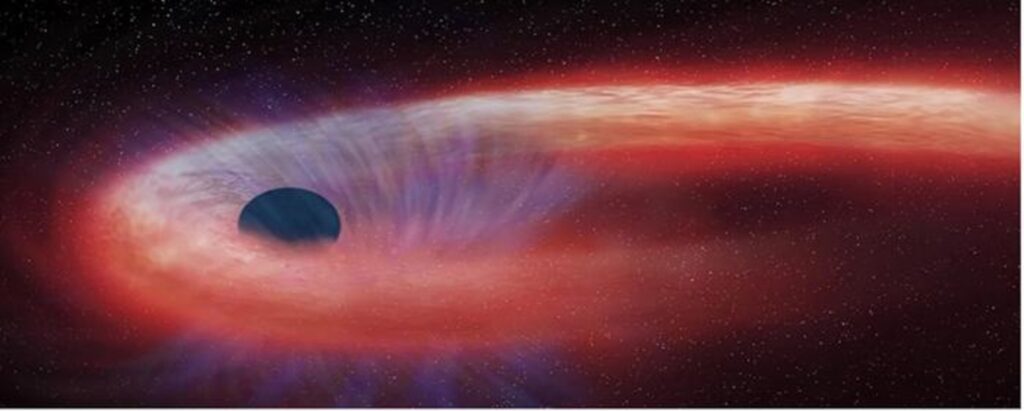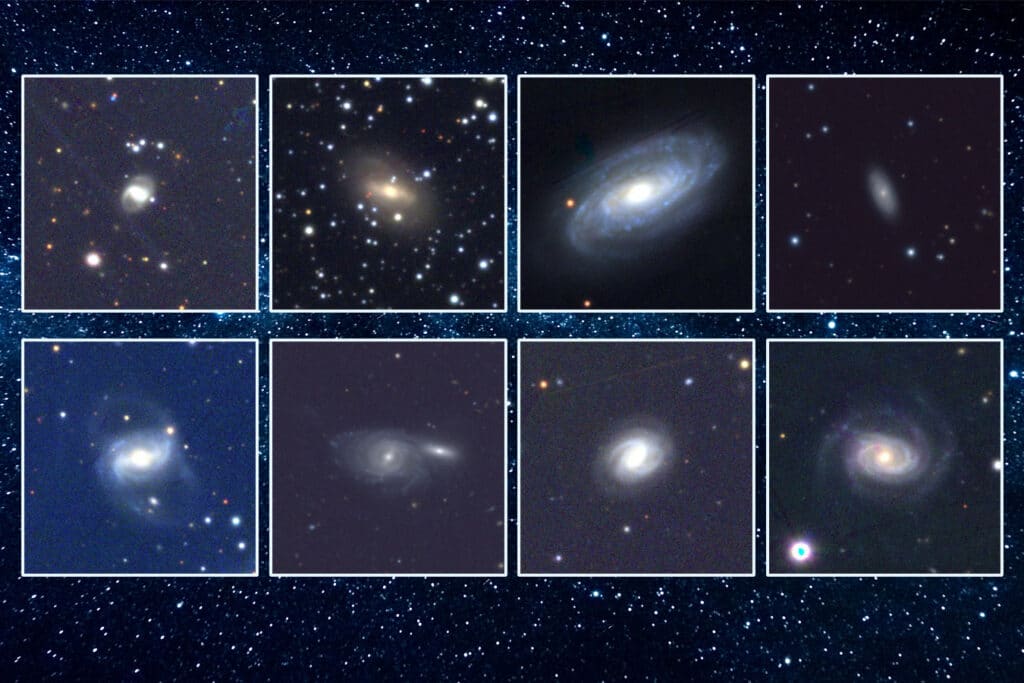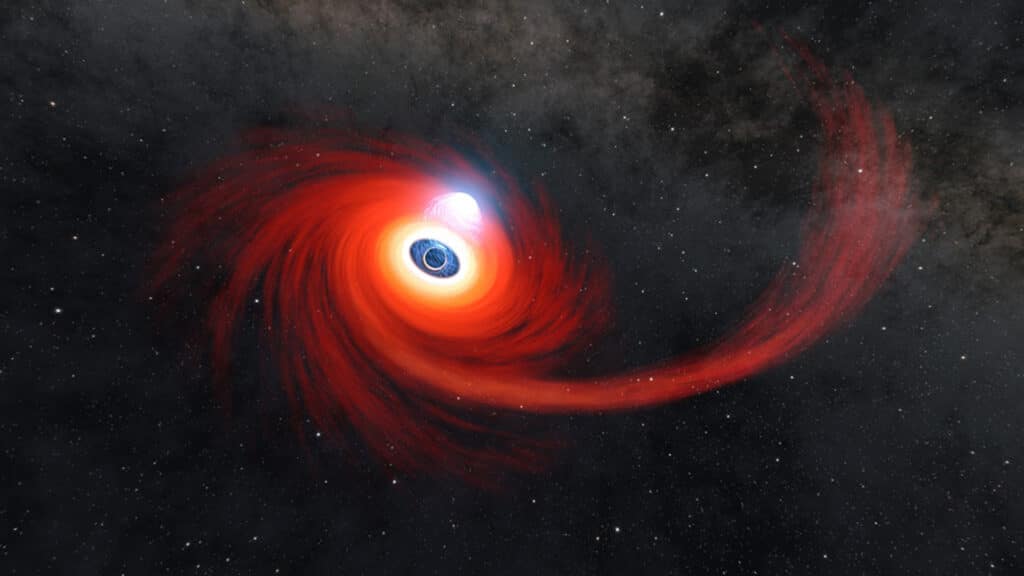These black stars are eating everything in their sight. In what seems like a science-fiction movie, scientists from the Massachusetts Institute of Technology (MIT) have discovered 18 black holes feasting on nearby stars. This discovery more than doubles the known occurrences of tidal disruption events (TDE) in the universe.
TDEs are dramatic phenomena where a star gets too close to a black hole and is torn apart by the black hole’s immense gravitational pull. This leads to a spectacular burst of energy across various electromagnetic spectra. Until now, such events have been primarily detected in optical and X-ray bands. However, MIT scientists employed a novel approach by focusing on infrared radiation, uncovering TDEs that were previously hidden, especially in “dusty” galaxies.

“The majority of these sources don’t show up in optical bands,” says study lead author Megan Masterson, a graduate student in MIT’s Kavli Institute for Astrophysics and Space Research, in a media release. “If you want to understand TDEs as a whole and use them to probe supermassive black hole demographics, you need to look in the infrared band.”
Researchers utilized NEOWISE, the renewed version of NASA’s Wide-field Infrared Survey Explorer, to scan the sky for infrared transients. They developed an algorithm to identify patterns in infrared emissions indicative of TDEs, and their analysis uncovered 18 new events, occurring in a variety of galaxy types.
The discovery of these TDEs in diverse galaxies challenges previous beliefs that such events were primarily confined to rare “post-starburst” galaxies. It also addresses the “missing energy” problem in physics, where the observed energy from TDEs was less than theoretical predictions. Scientists found that dust in galaxies could absorb not just optical and X-ray emissions but also extreme ultraviolet radiation, accounting for this missing energy.

“If you looked up in the sky and saw a bunch of galaxies, the TDEs would occur representatively in all of them,” explains Masteron. “It’s not that they’re only occurring in one type of galaxy, as people thought based only on optical and X-ray searches.”
This research not only changes our understanding of where and how TDEs occur but also provides insights into the nature of black holes themselves. The findings suggest a more common occurrence of TDEs across different galaxy types, with an estimated rate of one event every 50,000 years per galaxy, aligning closer to theoretical predictions.
“People were coming up with very exotic solutions to these puzzles, and now we’ve come to the point where we can resolve all of them,” says Erin Kara, an MIT assistant professor of physics. “This gives us confidence that we don’t need all this exotic physics to explain what we’re seeing. And we have a better handle on the mechanics behind how a star gets ripped apart and gobbled up by a black hole. We’re understanding these systems better.”

Supported in part by NASA, this study marks a significant advancement in our understanding of black holes and the dynamic cosmic events surrounding them. As astronomers continue to explore the infrared spectrum, more revelations about the universe await.
The study is published in The Astrophysical Journal.











